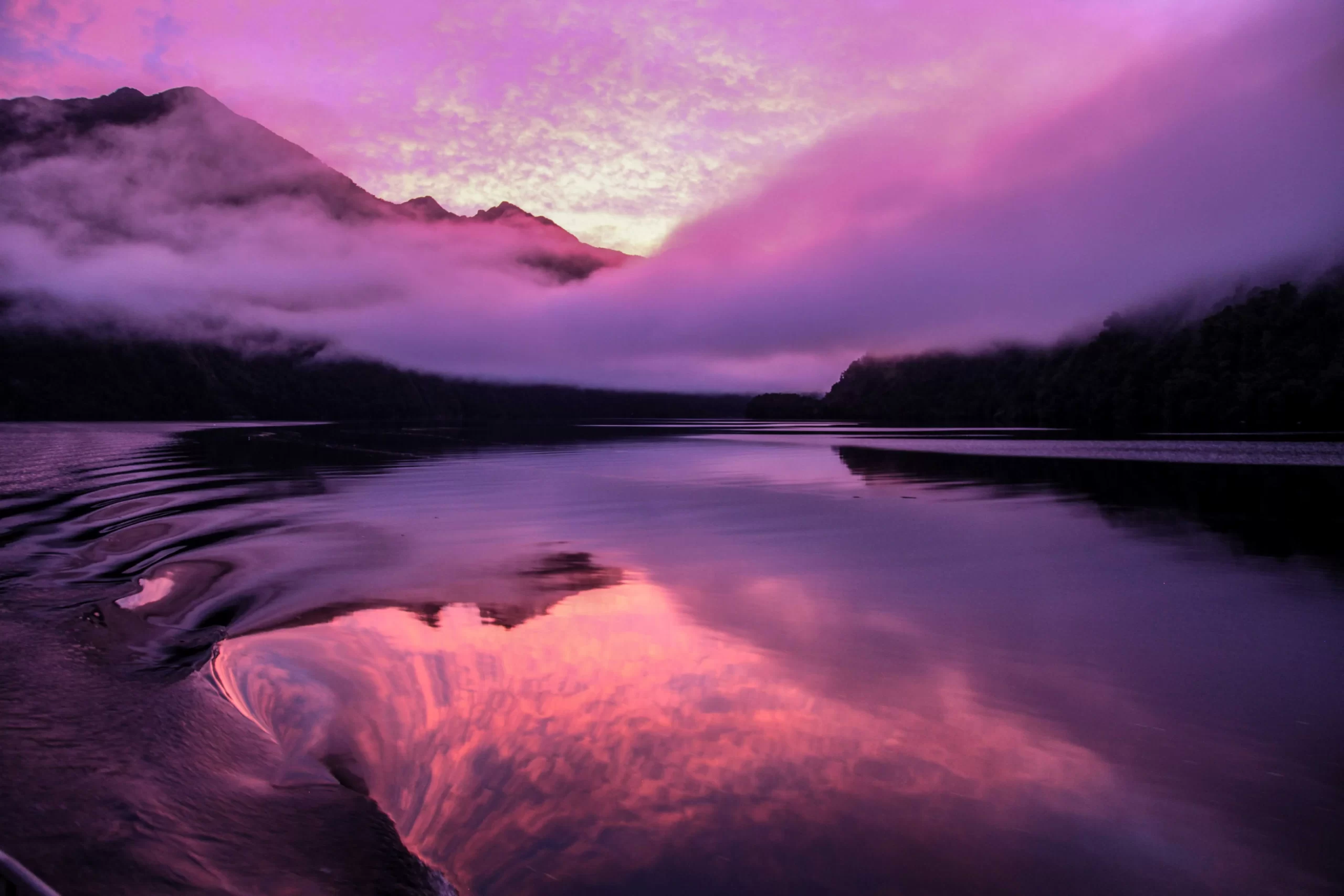Fiordland National Park is one of New Zealand’s most breathtaking destinations, known for its dramatic fjords, ancient rainforests, and diverse wildlife. But when is the best time to visit Fiordland? The answer depends on what you want to experience. Each season offers unique advantages, from vibrant summer hikes to misty winter landscapes. In this guide, we break down the best times to explore Fiordland, season by season.
Summer (December – February)
Why Visit in Summer?
Summer is the most popular time to visit Fiordland, with long daylight hours, warm temperatures, and ideal conditions for outdoor activities. The weather is generally stable, making it a great time for hiking, kayaking, and scenic boat cruises.
Weather & Climate
Average daytime temperature: 20–25°C (68–77°F)
Minimal rainfall compared to other seasons
Long daylight hours (sunset around 9:30 PM)
Top Activities in Summer
Hiking the Great Walks – The Milford, Routeburn, and Kepler Tracks are at their best, with clear trails and stunning views.
Cruising Milford & Doubtful Sound – Enjoy calm waters and incredible reflections on a scenic cruise.
Kayaking in Doubtful Sound – Experience the fjords up close with a guided kayak tour.
Wildlife Spotting – Summer is a great time to see seals, dolphins, and native birds.
Scenic Flights – Take advantage of clear skies for an unforgettable aerial view of the fjords.
Potential Downsides
Fiordland’s busiest season; expect more tourists.
Accommodation and tours book out quickly—reserve in advance.
Autumn (March – May)
Why Visit in Autumn?
Autumn in Fiordland is a hidden gem, offering fewer crowds, mild weather, and stunning foliage. The forests take on shades of gold and red, making for spectacular photography opportunities.
Weather & Climate
Average daytime temperature: 10–18°C (50–64°F)
Crisp mornings with comfortable daytime temperatures
Occasional rainfall but still plenty of clear days
Top Activities in Autumn
Hiking Without the Crowds – Enjoy quieter trails on the Milford and Kepler Tracks.
Photography & Sightseeing – The autumn colors contrast beautifully with Fiordland’s deep blue lakes.
Stargazing – Cooler nights bring clearer skies for incredible star views.
Fishing & Boating – Excellent conditions for trout fishing in local lakes and rivers.
Potential Downsides
Weather can be unpredictable, with cooler mornings and potential rain.
Some tourism services may start reducing operating hours.
Winter (June – August)
Why Visit in Winter?
Winter in Fiordland is truly magical. Misty fjords, snow-capped mountains, and peaceful solitude make this a dream destination for nature lovers who don’t mind cooler temperatures.
Weather & Climate
Average daytime temperature: 5–10°C (41–50°F)
Frequent snowfall in the mountains, but little in lower altitudes
Shorter daylight hours (sunset around 5:30 PM)
Top Activities in Winter
Winter Cruising – Milford and Doubtful Sound are especially beautiful with snow-covered peaks.
Photography & Sightseeing – The landscapes take on a dramatic new look.
Cozy Lodge Stays – Enjoy Fiordland’s warm hospitality with fewer visitors around.
Helicopter Flights – Stunning aerial views with snow-covered fjords.
Potential Downsides
Cold temperatures may not be suitable for all travelers.
Some trails and services may be limited or closed due to weather conditions.
Spring (September – November)
Why Visit in Spring?
Spring is a season of renewal in Fiordland. Waterfalls are at their most powerful, wildflowers bloom, and baby wildlife begins to appear. It’s a great time to visit before the peak summer crowds arrive.
Weather & Climate
Average daytime temperature: 10–18°C (50–64°F)
Increased rainfall, but also plenty of sunshine
Snow still visible on mountain peaks
Top Activities in Spring
Witness Powerful Waterfalls – Heavy spring rains create dramatic waterfalls in the fjords.
See Newborn Wildlife – Spot baby seals, birds, and other native species.
Spring Hiking – Trails start to reopen with fewer tourists around.
Kayaking & Boating – Enjoy peaceful waterways before the summer rush.
Potential Downsides
Rainfall can be unpredictable.
Some trails may still have lingering snow, especially at higher elevations.
Final Verdict: When Should You Visit?
Each season in Fiordland offers something unique:
For warm weather and adventure: Visit in summer.
For peace and autumn colors: Visit in autumn.
For dramatic scenery and solitude: Visit in winter.
For waterfalls and wildlife: Visit in spring.
Ultimately, the best time to visit depends on your travel style. Whether you’re seeking adventure, relaxation, or photography opportunities, Fiordland is a year-round destination with breathtaking sights in every season.
READY TO EXLPORE FIORDLAND?
Your adventure starts here! Whether you’re cruising through Milford Sound, kayaking in Doubtful Sound, or exploring Fiordland’s Great Walks, we make it easy to experience the best of this breathtaking region. Don’t just visit Fiordland—experience it!

